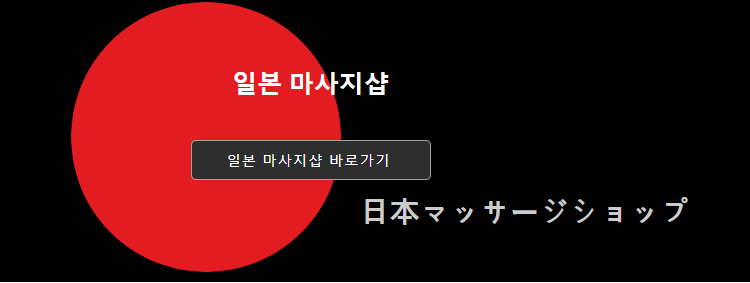In the fast-paced world we live in today, stress and tension have become an everyday part of life. While many forms of relaxation and healing therapies exist worldwide, few can compare to the profound impact of 일본마사지 (Japanese massage). Rooted in centuries of tradition, Japanese massage has evolved into a sophisticated practice that blends ancient techniques with modern approaches, offering unparalleled physical and mental benefits. This comprehensive guide will delve deep into the world of 일본마사지, exploring its history, techniques, benefits, and why it remains a preferred choice for holistic wellness.
The Rich History of 일본마사지
Japanese massage, known as Anma (按摩) in its earliest form, has a history that dates back over a thousand years. The practice is deeply intertwined with the traditional Japanese culture of healing and well-being. Originally, Anma was influenced by the Chinese art of Tuina, a form of massage therapy that aims to balance the body’s energy. As Anma developed in Japan, it was enriched by the local customs, eventually giving rise to the unique techniques that characterize 일본마사지 today.

In the Edo period, Anma became popular among the Japanese elite, who sought its therapeutic benefits. Over time, the practice spread to all social classes, with specialized schools emerging to teach the art of 일본마사지. Today, Japanese massage is recognized not only in Japan but also globally, for its ability to harmonize the body, mind, and spirit.
Understanding the Core Techniques of 일본마사지
Shiatsu: The Pinnacle of 일본마사지
One of the most well-known forms of Japanese massage is Shiatsu (指圧), which translates to “finger pressure.” Shiatsu is a therapeutic technique that involves applying pressure to specific points on the body, known as acupressure points or meridians. These points correspond to different organs and systems within the body, and stimulating them can promote healing, improve circulation, and restore balance.
Shiatsu differs from Western massage techniques in its holistic approach. Rather than focusing solely on muscle relaxation, Shiatsu aims to address the root cause of physical discomfort by balancing the body’s energy flow (known as Ki). The pressure applied in Shiatsu can vary from gentle to firm, depending on the needs of the individual, making it a versatile and customizable therapy.
Anma: The Traditional Japanese Massage
Anma remains a cornerstone of 일본마사지, offering a blend of rhythmic movements, kneading, and tapping to stimulate the body’s circulatory system. The practice of Anma focuses on removing blockages in the body’s energy pathways, relieving muscle tension, and enhancing overall well-being.